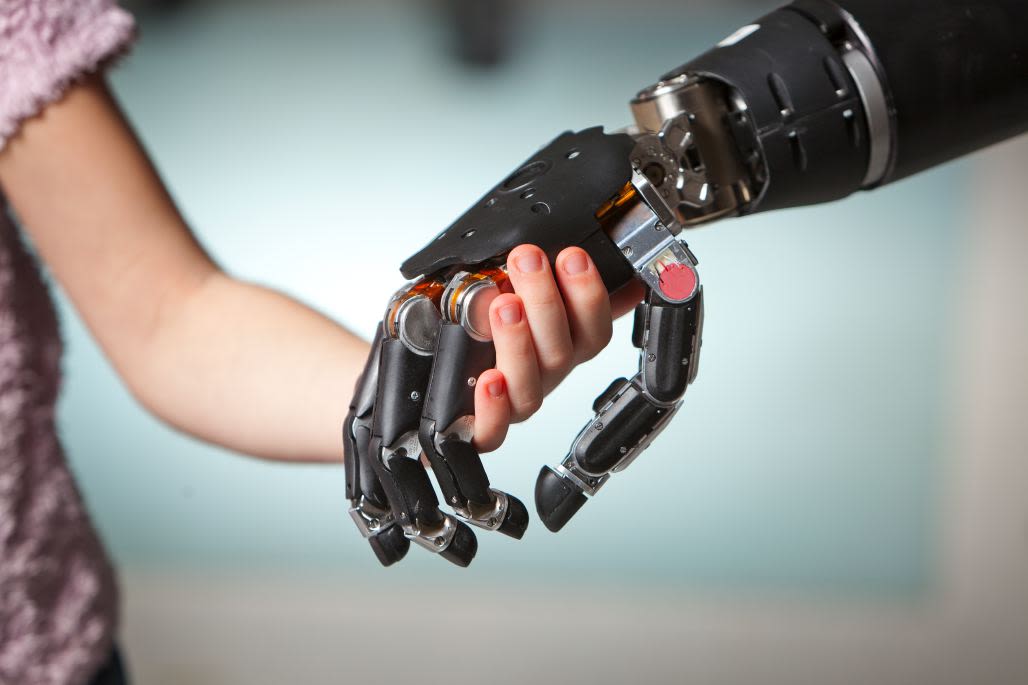The portrayal of prosthetic limbs in the film industry often oscillates between the realms of realism and fiction. While movies have the power to inspire and ignite imaginations, they can also create misconceptions about what living with a prosthetic limb is really like. As filmmakers continue to explore the intersection of humanity and technology, the depiction of prosthetic limbs has become a fascinating narrative tool that reflects both the potential and the limitations of these devices. This article delves into how prosthetic limbs are portrayed in movies, the gap between these cinematic representations and real-life prosthetics, and the impact these portrayals have on audiences and individuals who use prosthetic limbs.
The Evolution of Prosthetic Limbs in Film
Prosthetic limbs have been a part of cinematic storytelling for decades, evolving alongside advancements in both special effects and actual prosthetic technology. In the early days of cinema, prosthetics were often depicted in a rudimentary fashion, sometimes used more for shock value than as a realistic portrayal of a person’s experience. For example, early horror films might feature a character with a wooden leg or hook hand, emphasizing their otherness or villainy.
As special effects technology advanced, so did the complexity and creativity in portraying prosthetic limbs. Movies like The Terminator (1984) introduced audiences to the concept of the cyborg—part human, part machine. The character of the Terminator, played by Arnold Schwarzenegger, presented a vision of prosthetics that was far removed from reality: limbs that could perform superhuman feats and were seamlessly integrated into the body.
The 1990s and early 2000s saw a surge in films that explored the relationship between humans and technology, with prosthetic limbs often serving as a symbol of this intersection. Robocop (1987) and I, Robot (2004) both featured characters with highly advanced prosthetic limbs, which were depicted as almost magical in their capabilities. These films pushed the boundaries of what prosthetic technology could achieve but often at the expense of realism.
In recent years, films like Mad Max: Fury Road (2015) and Alita: Battle Angel (2019) have continued to use prosthetic limbs as a central part of character identity and narrative. In Mad Max: Fury Road, the character Furiosa’s prosthetic arm is a powerful symbol of her strength and resilience in a post-apocalyptic world. Alita: Battle Angel takes the concept of prosthetics to an extreme, portraying a protagonist who is almost entirely mechanical, with a body that can perform superhuman feats.
While these cinematic portrayals are visually stunning and narratively compelling, they often diverge significantly from the realities of living with a prosthetic limb.
The Realities of Prosthetic Limbs
In reality, prosthetic limbs have come a long way, but they still face limitations that are often glossed over or ignored in films. Modern prosthetics are designed to restore some level of functionality to individuals who have lost a limb, with varying degrees of success depending on the technology used. Prosthetics can range from basic mechanical limbs that allow for simple movements to advanced bionic limbs that can be controlled by the user’s thoughts through neural interfaces.
One of the main differences between cinematic and real-life prosthetics is functionality. In movies, prosthetic limbs are often depicted as being not only fully functional but also enhanced, providing the user with abilities that far surpass those of a natural limb. For instance, the character of Luke Skywalker in Star Wars: The Empire Strikes Back (1980) receives a prosthetic hand that looks and functions almost identically to a natural hand, complete with sensory feedback. In reality, while some prosthetic limbs do offer limited sensory feedback, they are far from providing the full range of sensations and dexterity that natural limbs do.
Another significant difference is the ease with which characters in films adapt to their prosthetic limbs. In movies, we often see characters immediately proficient with their new limbs, using them with little to no learning curve. In contrast, real-life prosthetic users typically undergo extensive physical therapy to learn how to use their new limb effectively. This process can be physically and emotionally challenging, requiring significant time and effort to adapt to the prosthetic.
Furthermore, the depiction of prosthetic limbs in films often neglects the daily maintenance and potential complications associated with their use. Real-life prosthetic limbs require regular adjustments and care to ensure they function properly and remain comfortable for the user. Issues such as skin irritation, socket fit problems, and the need for repairs are common but rarely, if ever, depicted on screen.
The Role of Prosthetic Limbs in Character Development
Despite the discrepancies between fiction and reality, prosthetic limbs in films serve an important role in character development and storytelling. They are often used to symbolize a character’s strength, resilience, or transformation. For example, in The Fugitive (1993), the character Dr. Richard Kimble, played by Harrison Ford, is wrongly accused of murdering his wife, with a key plot point being the real killer’s prosthetic arm. The prosthetic limb in this case serves as both a clue and a symbol of the killer’s dual identity—one of normalcy and one of violence.
In other cases, prosthetic limbs are used to explore themes of identity and humanity. In I, Robot, the protagonist Detective Del Spooner, played by Will Smith, has a cybernetic arm that serves as a constant reminder of his complicated relationship with technology. The arm, while giving him enhanced strength, also symbolizes his distrust of the robotic systems that pervade society.
Films like Mad Max: Fury Road and Alita: Battle Angel take this a step further by making the prosthetic limb central to the character’s identity. Furiosa’s prosthetic arm in Mad Max is not just a tool but an integral part of who she is—a warrior who has adapted to her harsh environment. Alita’s entire body in Alita: Battle Angel is a prosthetic, raising questions about what it means to be human when so much of the body is mechanical.
Impact on Perceptions and Expectations
The portrayal of prosthetic limbs in films can have a significant impact on public perceptions and the expectations of those who might one day need a prosthetic limb. While cinematic depictions can be inspiring, showcasing the potential of technology and the human spirit, they can also create unrealistic expectations. Viewers might come away with the impression that prosthetic limbs offer near-instantaneous adaptation and abilities that surpass natural human capabilities, which is rarely the case in real life.
These portrayals can also influence the way society views people with prosthetic limbs. Characters with prosthetic limbs are often depicted as either heroes or villains, with the limb serving as a marker of their extraordinary abilities or as a sign of their otherness. This dichotomy can perpetuate stereotypes, either idolizing or alienating those who use prosthetics, rather than presenting them as ordinary individuals with unique challenges and strengths.
Toward More Realistic Portrayals
As prosthetic technology continues to evolve, there is an opportunity for filmmakers to depict these devices in a more realistic and nuanced way. By including the challenges of adapting to a prosthetic limb, the physical and emotional journey involved, and the realities of living with such a device, films can provide a more accurate and empathetic portrayal. This approach could help demystify prosthetics for the general public, reduce stigma, and foster a greater understanding of the experiences of prosthetic users.
Involving prosthetic users in the filmmaking process as consultants or even actors could further enhance the authenticity of these portrayals. This not only ensures that the depiction is accurate but also provides representation for people with disabilities, allowing them to see themselves reflected on screen in a positive light.
Conclusion
Prosthetic limbs in the film industry often serve as a powerful narrative tool, symbolizing strength, resilience, and the intersection of humanity and technology. However, the gap between cinematic portrayals and the realities of living with a prosthetic limb can be significant. While films have the power to inspire, they also have the responsibility to present prosthetics in a way that is both realistic and respectful of the experiences of those who use them. As prosthetic technology continues to advance, there is hope that the film industry will evolve in its portrayal of these devices, offering audiences a more accurate and empathetic view of what it means to live with a prosthetic limb.





